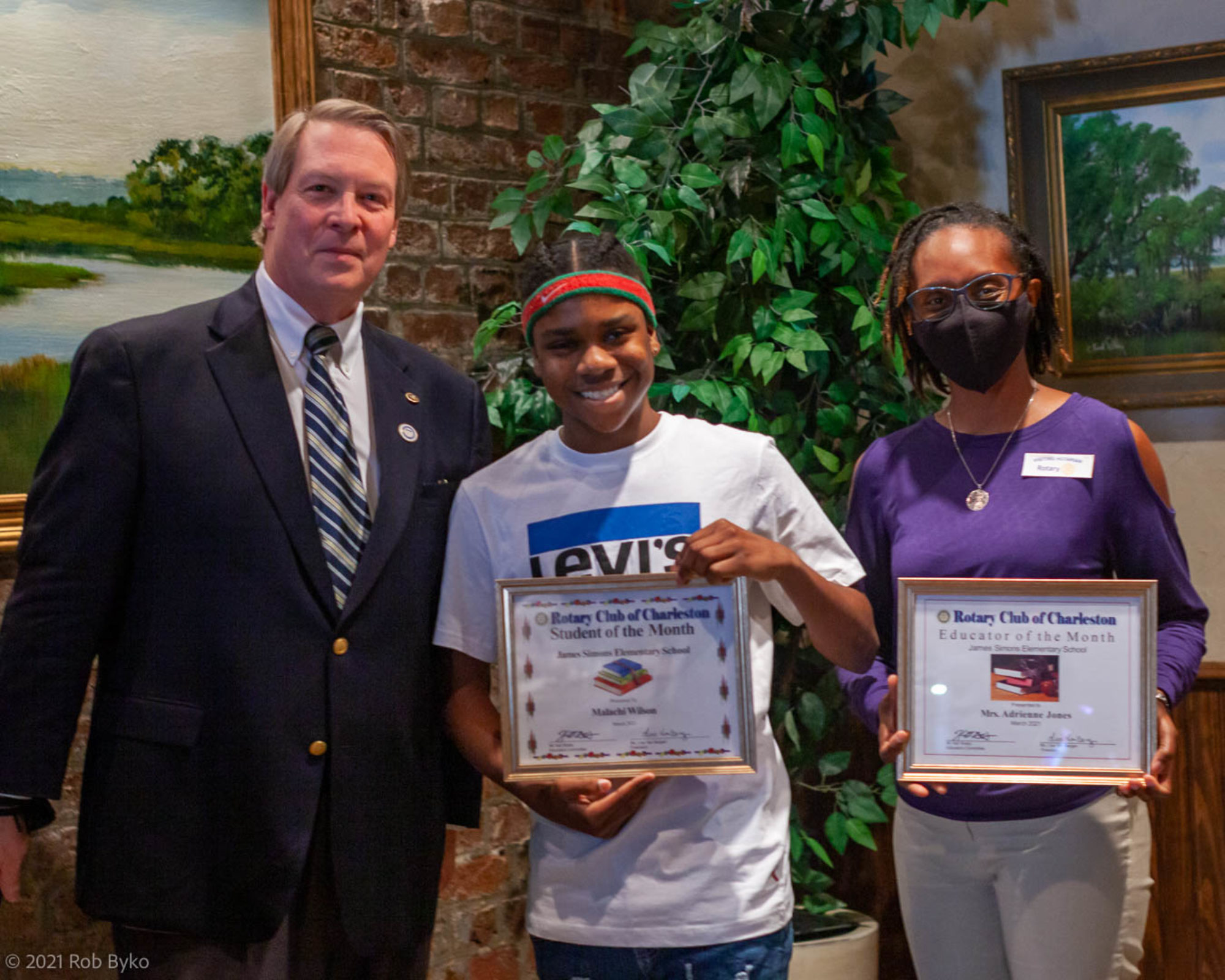SEPT. 23, 2014 — Richard M. Sprague “Rick”, the Associate Laboratory Director at the Savannah River National Laboratory, spoke to our club. Rick has held numerous leadership positions in nuclear materials management. He currently is in charge of business process modernization and contract management at the Savannah River National Laboratory, which is part of the Savannah River Site.
The Savannah River Site “SRS”, which is owned by the United States Department of Energy, is located in Aiken, South Carolina. President Truman asked DuPont to build the SRS in June 1950 on the banks of the Savannah River because of the large local workforce and the fantastic geology & geography. The SRS develops highly innovative approaches to address global nuclear material challenges; prepares the nation’s only tritium supply for nuclear weapons deterrent; secures material to prevent unwanted global proliferation; transforms legacy nuclear materials into valuable assets and stable waste form with one of a kind processing capabilities; and provides unparalleled community service and economic impact to the region. Sprague advised the club that the SRS is “a very clean site and employs the best ecologists in the country”.
The Savannah River National Laboratory “SRNL” was established in 1951 to provide technology research, as well as development support for the Atomic Energy Commission. The SRNL, with 800 employees, is recognized internationally as a laboratory for nuclear research. It is the only environmental management laboratory in the Deep South and is essential to U.S. nuclear security objectives. The lab “is pulling materials from places where they are not safe due to the fact that President Eisenhower sent materials all over the world when he was President.” The SRNL Atmospheric Group works with the Department of State and Homeland Security to detect the movement of nuclear materials throughout the world.
SRNL also contributes to regional clean energy initiatives and SRNL innovation can be an economic engine for the region. For example, SRNL has patented technologies such as the hybrid microwave system, the sound anchor, medical isotope production, and the grayQB (robot type device which in a field of explosives can aid in the decontamination of the field and is currently being used by the Department of Defense).
As a catalyst for future growth, the SRNL is involved in national and global outreach and innovations that drive new opportunities. It has four distinguishing competencies: environmental remediation and risk reduction; nuclear materials processing and disposition; world leader in detection of radioactive materials, characterization and assessments; and gas processing storage and transfer systems
Our national security depends on an assured tritium supply, which is essential to the United States’ nuclear stockpile. The SRNL is the “premier center for research, development and surveillance in the use of tritium for our nuclear weapons systems”.
“Protecting workers, the public, the environment, and national security interests is its highest goal.” The SRS also “prides itself in serving the community and being a great community partner”. It has contributed $5 million to philanthropic projects since 2008. In 2013, employees donated $1.2 million to the United Way. SRS also believes in investing in education outreach: “it is our obligation to train the next generation of scientists and engineers”.
— Submitted by Abby Edwards Saunders, Keyway


